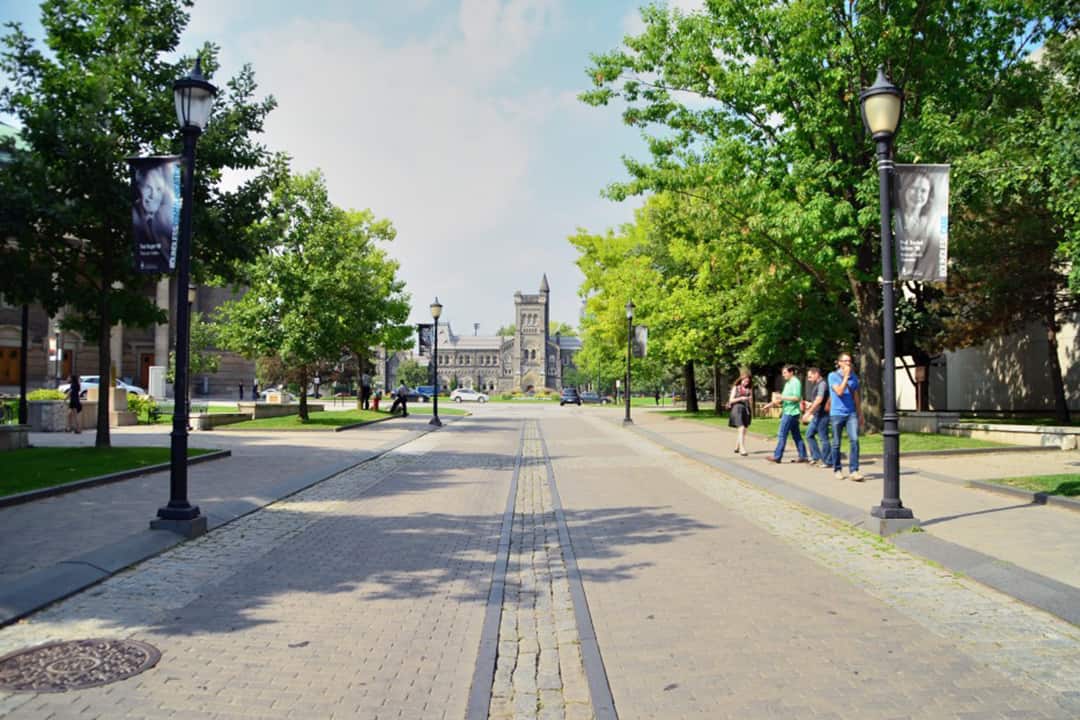For many first-year students, the experience and burn out of applying to universities could still be fresh in their minds. Yet, as the new university chapters of life finally swing open, many could find their experiences differ from what they expected upon applying to U of T.
I, while eagerly starting my university journey, found there were things that, had I known or better understood before applying to U of T, could have better prepared me emotionally for the new environment, easing my transition to university.
While students are responsible for researching prior to submitting applications, U of T is also obliged to have better communication with prospective students and provide them with useful, diverse, and accessible information. This information should pertain to certain academic and student life matters to help ease students’ stress in the application season and assist them in making informed decisions.
For instance, more information on how programs of study (POSt) work at U of T could reduce anxiety for students when transitioning from high school to university and is a great way to start improvements.
U of T’s system has students apply to their program at the end of their first year. While this is briefly mentioned in U of T’s undergraduate viewbooks, how POSt works can remain confusing to students when applying since they may not come across specific POSt-related information until course selection in summer.
Take, for example, U of T’s 2021–2022 Undergraduate Admission Bulletin. While requirements for each big admission category are listed, students may not be well informed about specific requirements of the particular programs they plan on pursuing. This can throw students in sudden stress as they may learn, after accepting their offers, that their programs are extremely competitive.
Given this, the university should provide practical POSt-related information, such as links to Sidney Smith’s Program Toolkit and the Faculty of Arts & Science Academic Calendar, where each program’s specific requirements are outlined. This would ensure that applicants are making informed decisions by granting them a more holistic view about what to expect at U of T. Thus, providing more practical information could reduce the risk of students struggling to make sense of how the university works later on.
It is wise to not only look at universities’ academic rigour when applying but also their social atmosphere. While U of T’s academic prestige is often promoted, the university should try to show more aspects of student life. Consider, for instance, information on commuting.
First-year student Easha Khan wrote to The Varsity that she wishes she had more information about commuting before applying: “There isn’t much helpful information about the routes and resources students have.” While the viewbooks detail residence life, they could offer more insights into the commuter life to inform potential commuters about what will be available for them.
The necessity for accessible information translates into UTSG’s college system as well. Although the college system is mentioned in the undergraduate viewbooks, the information there may not be functioning as the university intended — many students, due to time constraints and the unengaging format of the viewbooks, may not read everything detailed within them. Hence, as an innovative institution, U of T should further innovate ways to reach prospective students.
The university could provide valuable information on school dynamics by diversifying the media by which they communicate with prospective students. Considering how widespread social media is, U of T can present more information on platforms such as YouTube and Instagram where it would be convenient for applicants. For example, videos detailing student life from students’ perspectives may do better than prints on viewbooks to present a vivid account of school dynamics and atmosphere.
Despite some of this information being available, the flaw in U of T’s communications with applicants is that its sites may be hard to navigate. First-year student Raphael Talukdar wrote to The Varsity, “Majority of the time, I have had difficulty finding information as they were scattered throughout multiple different pages. I feel it would be better for UofT to present information that is condensed and easier to find.”
U of T can compile links to useful resources — like The Varsity and student blogs — together as a package and offer it to prospective students. These beneficial resources would ordinarily be missed by applicants.
As one of the most well-renowned universities in Canada, there is likely to be a large number of applicants hoping to attend the university. The least the university could do is ensure these students are provided with an adequate amount of information that is not only easy to access but also engaging. This would ensure their applicants are well informed and prepared to thrive at U of T.
Valerie Yao is a first-year humanities student at University College.


